Submitted by David Cardinal on Wed, 08/09/2017 - 10:05
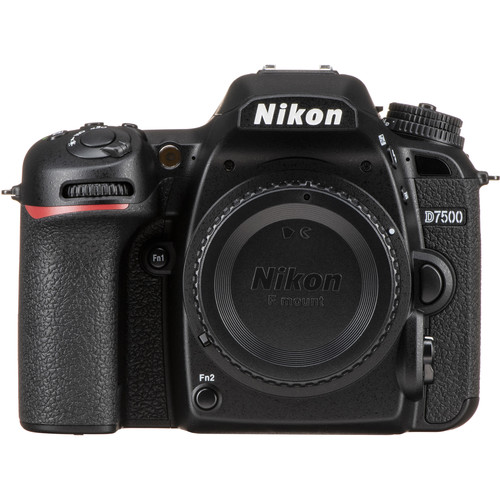 Like almost every pro Nikon shooter, I’m eagerly awaiting the new Nikon D850. In the meantime, I needed an updated backup camera for my . I wanted one good enough to use for “pro” work, but small and light enough that I could easily carry it in a messenger bag with my drone for field work. I’d already shot with the Nikon D500 and , which are both excellent cameras, but decided to be a little more adventurous and purchase the newer , that fits many of the features of the into a smaller, less-expensive, package.
Like almost every pro Nikon shooter, I’m eagerly awaiting the new Nikon D850. In the meantime, I needed an updated backup camera for my . I wanted one good enough to use for “pro” work, but small and light enough that I could easily carry it in a messenger bag with my drone for field work. I’d already shot with the Nikon D500 and , which are both excellent cameras, but decided to be a little more adventurous and purchase the newer , that fits many of the features of the into a smaller, less-expensive, package.
Submitted by David Cardinal on Mon, 05/22/2017 - 09:29
I’ve been having a blast with my DJI Mavic Pro drones. They are amazing pieces of technology, and DJI has packed most of the best features of the much-larger Phantom drones into this folding version. I’ll be writing a lot more about using drones for both fun and serious photo and video projects, but if you’re curious about what’s possible, I’ve written up my first experiences and notes in an . When you’re ready to fly, you can pick up a , or get a more .
Submitted by David Cardinal on Tue, 04/25/2017 - 07:51
If you aren’t hopelessly addicted to Nikon or Canon, and don’t need the massive array of lenses and accessories they offer, then Sony is giving you one more big reason to dump your DSLR and go mirrorless. The is a spectacular performance machine, capable of 20fps shooting with Autofocus, for example. I’ll be writing more about it (and perhaps giving one a field test) in the coming weeks and months, but wanted to make sure eager beavers got in on the first pre-orders. You can put your order in for a – with shipments expected to start May 25th.
Submitted by David Cardinal on Wed, 12/14/2016 - 15:44
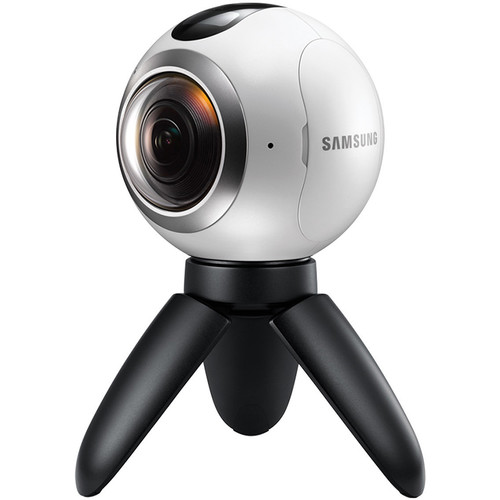 This year has seen the first consumer-friendly 360-degree cameras capable of 4K video capture. 4K or better resolution is much more important for 360-degree cameras than for traditional models, because those 4,000 x 2,000 pixels have to cover a full 360-degrees of the scene. The best known of these cameras is Samsung's Gear 360, so we took one out for a spin to see if it is indeed a worthy upgrade to the Ricoh Theta S that we reviewed earlier in the year. In short, it is a solid step up in output quality, but at the cost of a somewhat-awkward form factor. Keep in mind that to use the full features of the you need to pair it with a Samsung Galaxy S6, S6 edge, S7, S7 Edge, or Note 5. It’s bundled software is also Windows-only.
This year has seen the first consumer-friendly 360-degree cameras capable of 4K video capture. 4K or better resolution is much more important for 360-degree cameras than for traditional models, because those 4,000 x 2,000 pixels have to cover a full 360-degrees of the scene. The best known of these cameras is Samsung's Gear 360, so we took one out for a spin to see if it is indeed a worthy upgrade to the Ricoh Theta S that we reviewed earlier in the year. In short, it is a solid step up in output quality, but at the cost of a somewhat-awkward form factor. Keep in mind that to use the full features of the you need to pair it with a Samsung Galaxy S6, S6 edge, S7, S7 Edge, or Note 5. It’s bundled software is also Windows-only.
Submitted by David Cardinal on Wed, 10/12/2016 - 10:41
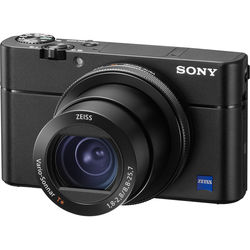 Sony has set the standard for high-end point-and-shoot cameras since it first introduced the Sony RX100 Mark I. Each year has brought additional features in the form of a new model, and this year is no exception. The adds the increasingly-popular Phase Detect AF, and a startlingly fast 24fps burst mode.
Sony has set the standard for high-end point-and-shoot cameras since it first introduced the Sony RX100 Mark I. Each year has brought additional features in the form of a new model, and this year is no exception. The adds the increasingly-popular Phase Detect AF, and a startlingly fast 24fps burst mode.
Submitted by David Cardinal on Tue, 09/20/2016 - 09:07
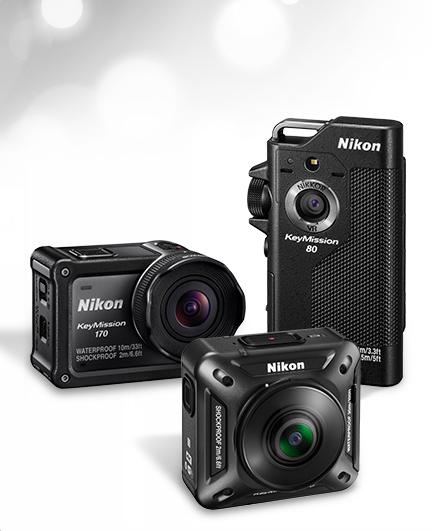 After teasing us at CES with impressive 360-degree 4K video from its action camera prototypes, Nikon has finally announced the details of the three models in its KeyMission family of action cameras. Unlike Nikon’s under-performing entries in the mirrorless market, that never took off, the KeyMission cameras are designed to deliver state-of-the-art performance at very reasonable prices – pitting them squarely against the slow-to-ship Samsung Gear 360 and the incumbent line of GoPros, now updated with the new Hero 5.
After teasing us at CES with impressive 360-degree 4K video from its action camera prototypes, Nikon has finally announced the details of the three models in its KeyMission family of action cameras. Unlike Nikon’s under-performing entries in the mirrorless market, that never took off, the KeyMission cameras are designed to deliver state-of-the-art performance at very reasonable prices – pitting them squarely against the slow-to-ship Samsung Gear 360 and the incumbent line of GoPros, now updated with the new Hero 5.
Submitted by David Cardinal on Thu, 09/15/2016 - 08:34
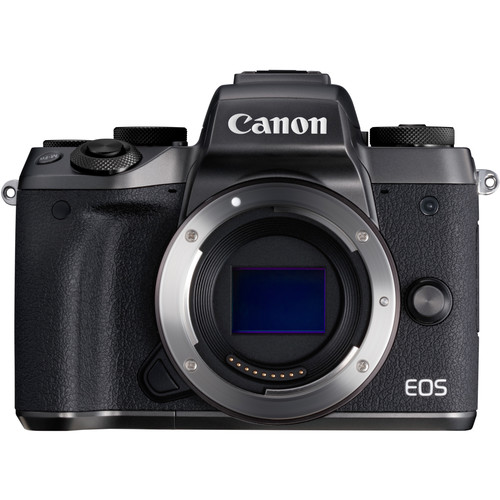 Both Nikon and Canon have been late to the game, and half-hearted, in their attempts to enter the mirrorless market – content up until now to protect their DSLR offerings. However, the writing is on the wall, and with the advent of phase-detect pixels and high-resolution EVFs, mirrorless is poised to take over even more of the traditional DSLR market. With the Canon seems to have finally decided to produce a state-of-the-art mirrorless offering, able to go head to head with its own DSLRs. A 24MP APS-C model, capable of 9 fps, and sporting a 2.36MP EVF and dual pixel AF, it will be worth considering for anyone not completely addicted to an optical viewfinder.
Both Nikon and Canon have been late to the game, and half-hearted, in their attempts to enter the mirrorless market – content up until now to protect their DSLR offerings. However, the writing is on the wall, and with the advent of phase-detect pixels and high-resolution EVFs, mirrorless is poised to take over even more of the traditional DSLR market. With the Canon seems to have finally decided to produce a state-of-the-art mirrorless offering, able to go head to head with its own DSLRs. A 24MP APS-C model, capable of 9 fps, and sporting a 2.36MP EVF and dual pixel AF, it will be worth considering for anyone not completely addicted to an optical viewfinder.
Submitted by David Cardinal on Wed, 08/17/2016 - 08:33
 If you’ve been considering giving up on DSLRs and shifting to a smaller, possibly-lower-cost mirrorless camera, Nikon wants to make you think again. The new builds on the image quality of Nikon’s DSLRs and adds some intriguing usability features – like SnapBridge which should make image sharing with your mobile device much easier. At 5 fps, it should have enough performance for most. And you can get it in a kit with Nikon’s new 18-55mm VR lens for $650 when it ships in September.
If you’ve been considering giving up on DSLRs and shifting to a smaller, possibly-lower-cost mirrorless camera, Nikon wants to make you think again. The new builds on the image quality of Nikon’s DSLRs and adds some intriguing usability features – like SnapBridge which should make image sharing with your mobile device much easier. At 5 fps, it should have enough performance for most. And you can get it in a kit with Nikon’s new 18-55mm VR lens for $650 when it ships in September.
Submitted by David Cardinal on Tue, 07/26/2016 - 08:21
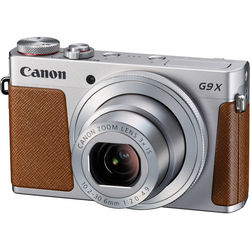 The appeal of a camera you can always have with you is obvious. For an increasing number of people that’s their smartphone. But if you want to have something with a bigger sensor and a zoom lens, a compact point-and-shoot is the way to go. That creates something of a Goldilocks problem – the cheap, small ones aren’t much better than a phone, and the high-end ones don’t fit in a pocket. Canon has done a good job over the years with its S series in finding a middle ground – reasonable sensor, good features, and Raw capability. I’ve been shooting with the newest version, rebranded as the , and have been impressed by the upgrade in image quality, while learning to like, or at least live with, the new Touchscreen-centric interface…
The appeal of a camera you can always have with you is obvious. For an increasing number of people that’s their smartphone. But if you want to have something with a bigger sensor and a zoom lens, a compact point-and-shoot is the way to go. That creates something of a Goldilocks problem – the cheap, small ones aren’t much better than a phone, and the high-end ones don’t fit in a pocket. Canon has done a good job over the years with its S series in finding a middle ground – reasonable sensor, good features, and Raw capability. I’ve been shooting with the newest version, rebranded as the , and have been impressed by the upgrade in image quality, while learning to like, or at least live with, the new Touchscreen-centric interface…
Submitted by David Cardinal on Mon, 05/16/2016 - 10:28
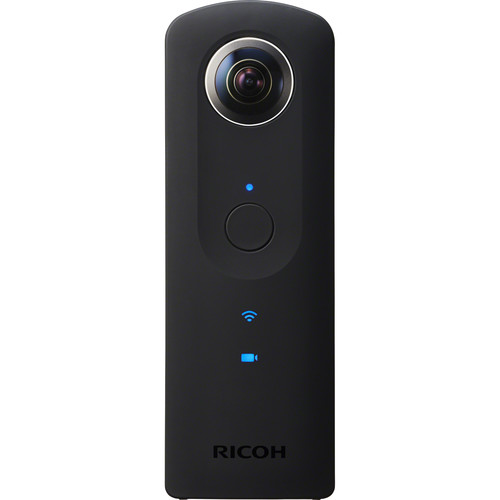 Along with Virtual Reality, no trend is hotter this year than 360-degree photos and videos. For a few years now, you've been able to cobble together a 360 photo using an app on your phone to stitch together the many required images -- with predictably-mediocre results.
Along with Virtual Reality, no trend is hotter this year than 360-degree photos and videos. For a few years now, you've been able to cobble together a 360 photo using an app on your phone to stitch together the many required images -- with predictably-mediocre results.
Submitted by David Cardinal on Wed, 01/20/2016 - 08:13
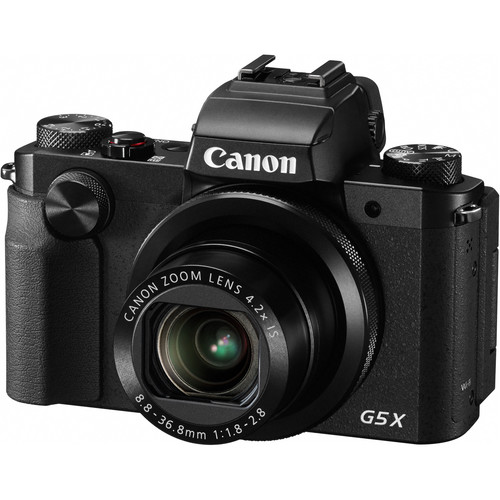 Up until now, the choice for best point and shoot was tricky – none of the three leading cameras had everything. The got top marks for image quality and has a good zoom range, but no viewfinder. The sort-of-has a viewfinder (it is a small pop-up), but has a limited zoom range and is a little lower-scoring on image quality. The somewhat older is also a worthy competitor, but its larger size isn’t justified by image quality or features. Canon has finally broken the logjam with its new . This new model adds an excellent Electronic ViewFinder (EVF) and a hot shoe for an add-on flash. There are also some other, smaller, updates to video recording formats and other features, but the EVF and hot shoe are clearly the headline here.
Up until now, the choice for best point and shoot was tricky – none of the three leading cameras had everything. The got top marks for image quality and has a good zoom range, but no viewfinder. The sort-of-has a viewfinder (it is a small pop-up), but has a limited zoom range and is a little lower-scoring on image quality. The somewhat older is also a worthy competitor, but its larger size isn’t justified by image quality or features. Canon has finally broken the logjam with its new . This new model adds an excellent Electronic ViewFinder (EVF) and a hot shoe for an add-on flash. There are also some other, smaller, updates to video recording formats and other features, but the EVF and hot shoe are clearly the headline here.
Submitted by David Cardinal on Mon, 01/11/2016 - 10:28
I got to shoot with both the new and at CES, and they are each amazing in their own way. For no-holds-barred shooting performance the ’s 14fps (12fps for up to 200 frames of RAW) and borderline-insane 3,000,000 ISO capability can’t be beat. But at over $6K and 3 pounds, with “only” 21MP of resolution, it certainly won’t be for everyone. It’s certainly the camera of choice for big-budget (and big backpack) wildlife and sports photographers, along with photojournalists who can deal with the size in exchange for unheard of low-light performance.
Submitted by David Cardinal on Thu, 10/08/2015 - 10:30
Using a unique combination of computational imaging to combine images from 16 small sensors, and lenses that use mirrors to achieve long focal lengths in a thin package, startup Light has announced and demonstrated a 52MP camera about the size of a smartphone that features a 35mm-150mm optical zoom. You can read more details about it in , and I’m eagerly awaiting the point in the process where there are real units for review. In the meantime, let us know your thoughts about whether you’re likely to buy one of these, either at the pre-order price of $1300 or the retail price of $1700 when it ships in late summer 2016. Will you miss the zoom and focus rings on your DSLR, or the optical viewfinder, or be so glad to get rid of the weight and bulk that you’ll gladly trade them for a touchscreen?
Submitted by David Cardinal on Wed, 09/30/2015 - 11:18
One of the most interesting features of DxO’s new camera (#dxoone) is the new SuperRAW image format it supports. SuperRAW is a compound image format, with each image file containing four RAW images taken in quick succession. When the ONE is set to capture images in SuperRAW, the four individual RAW images are shot and stored in a single, proprietary, image file (with a .DXO extension). When processed by DxO’s own OpticsPro or FilmPack software, spatial and temporal noise reduction are applied to the four images, with the resulting output image having lower noise – and better overall image quality -- than any of the four individual captures.
Submitted by David Cardinal on Tue, 09/01/2015 - 12:35
For the last couple months I’ve been traveling with both a (that fits in my shirt pocket) and a (that barely fits in a cargo pocket). I’ve had a lot of fun with both cameras. While they have very similar sensors, they are different in almost every other way. Since they are both likely to be popular choices for image lovers looking for the ultimate compact camera, here are my thoughts on the very new ONE (you can ), and how it contrasts with a traditional high-end point-and-shoot… #dxoone
Pages

 Like almost every pro Nikon shooter, I’m eagerly awaiting the new Nikon D850. In the meantime, I needed an updated backup camera for my
Like almost every pro Nikon shooter, I’m eagerly awaiting the new Nikon D850. In the meantime, I needed an updated backup camera for my 
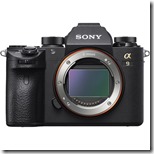
 This year has seen the first consumer-friendly 360-degree cameras capable of 4K video capture. 4K or better resolution is much more important for 360-degree cameras than for traditional models, because those 4,000 x 2,000 pixels have to cover a full 360-degrees of the scene. The best known of these cameras is Samsung's Gear 360, so we took one out for a spin to see if it is indeed a worthy upgrade to the Ricoh Theta S that we reviewed earlier in the year. In short, it is a solid step up in output quality, but at the cost of a somewhat-awkward form factor. Keep in mind that to use the full features of the
This year has seen the first consumer-friendly 360-degree cameras capable of 4K video capture. 4K or better resolution is much more important for 360-degree cameras than for traditional models, because those 4,000 x 2,000 pixels have to cover a full 360-degrees of the scene. The best known of these cameras is Samsung's Gear 360, so we took one out for a spin to see if it is indeed a worthy upgrade to the Ricoh Theta S that we reviewed earlier in the year. In short, it is a solid step up in output quality, but at the cost of a somewhat-awkward form factor. Keep in mind that to use the full features of the  Sony has set the standard for high-end point-and-shoot cameras since it first introduced the Sony RX100 Mark I. Each year has brought additional features in the form of a new model, and this year is no exception. The
Sony has set the standard for high-end point-and-shoot cameras since it first introduced the Sony RX100 Mark I. Each year has brought additional features in the form of a new model, and this year is no exception. The  After teasing us at CES with impressive 360-degree 4K video from its action camera prototypes, Nikon has finally announced the details of the three models in its KeyMission family of action cameras. Unlike Nikon’s under-performing entries in the mirrorless market, that never took off, the KeyMission cameras are designed to deliver state-of-the-art performance at very reasonable prices – pitting them squarely against the slow-to-ship Samsung Gear 360 and the incumbent line of GoPros, now updated with the new Hero 5.
After teasing us at CES with impressive 360-degree 4K video from its action camera prototypes, Nikon has finally announced the details of the three models in its KeyMission family of action cameras. Unlike Nikon’s under-performing entries in the mirrorless market, that never took off, the KeyMission cameras are designed to deliver state-of-the-art performance at very reasonable prices – pitting them squarely against the slow-to-ship Samsung Gear 360 and the incumbent line of GoPros, now updated with the new Hero 5. Both Nikon and Canon have been late to the game, and half-hearted, in their attempts to enter the mirrorless market – content up until now to protect their DSLR offerings. However, the writing is on the wall, and with the advent of phase-detect pixels and high-resolution EVFs, mirrorless is poised to take over even more of the traditional DSLR market. With the
Both Nikon and Canon have been late to the game, and half-hearted, in their attempts to enter the mirrorless market – content up until now to protect their DSLR offerings. However, the writing is on the wall, and with the advent of phase-detect pixels and high-resolution EVFs, mirrorless is poised to take over even more of the traditional DSLR market. With the  If you’ve been considering giving up on DSLRs and shifting to a smaller, possibly-lower-cost mirrorless camera, Nikon wants to make you think again. The new
If you’ve been considering giving up on DSLRs and shifting to a smaller, possibly-lower-cost mirrorless camera, Nikon wants to make you think again. The new  The appeal of a camera you can always have with you is obvious. For an increasing number of people that’s their smartphone. But if you want to have something with a bigger sensor and a zoom lens, a compact point-and-shoot is the way to go. That creates something of a Goldilocks problem – the cheap, small ones aren’t much better than a phone, and the high-end ones don’t fit in a pocket. Canon has done a good job over the years with its S series in finding a middle ground – reasonable sensor, good features, and Raw capability. I’ve been shooting with the newest version, rebranded as the
The appeal of a camera you can always have with you is obvious. For an increasing number of people that’s their smartphone. But if you want to have something with a bigger sensor and a zoom lens, a compact point-and-shoot is the way to go. That creates something of a Goldilocks problem – the cheap, small ones aren’t much better than a phone, and the high-end ones don’t fit in a pocket. Canon has done a good job over the years with its S series in finding a middle ground – reasonable sensor, good features, and Raw capability. I’ve been shooting with the newest version, rebranded as the  Along with Virtual Reality, no trend is hotter this year than 360-degree photos and videos. For a few years now, you've been able to cobble together a 360 photo using an app on your phone to stitch together the many required images -- with predictably-mediocre results.
Along with Virtual Reality, no trend is hotter this year than 360-degree photos and videos. For a few years now, you've been able to cobble together a 360 photo using an app on your phone to stitch together the many required images -- with predictably-mediocre results. Up until now, the choice for best point and shoot was tricky – none of the three leading cameras had everything. The
Up until now, the choice for best point and shoot was tricky – none of the three leading cameras had everything. The 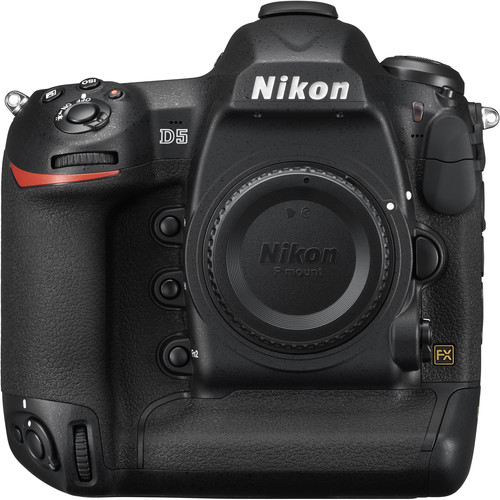


![1434734130000_IMG_506470[1] 1434734130000_IMG_506470[1]](http://www.cardinalphoto.com/sites/default/files/1434734130000_IMG_506470%5B1%5D_thumb.jpg)
